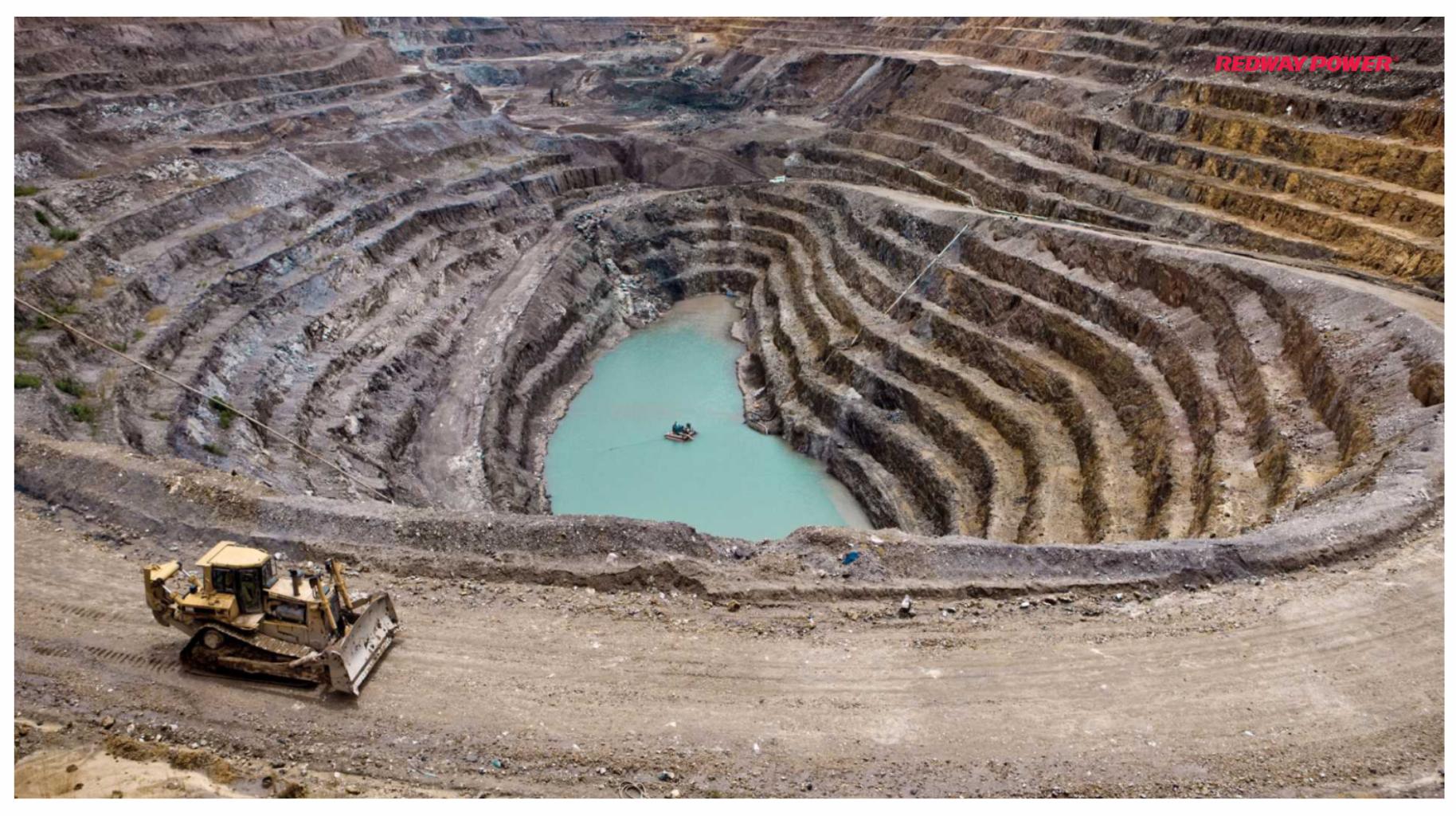
How Does Lithium Mining Compare to Coal Mining in Environmental Impact?
Mining practices have significant implications for environmental sustainability. The comparison between lithium and coal mining raises questions about their respective impacts on ecosystems, resource extraction intensity, and their roles in a transitioning energy landscape. This article explores these aspects in detail.
How does the scale of lithium mining compare to coal mining?
Lithium extraction is significantly smaller in scale compared to coal. For every ton of lithium mined globally, approximately 100,000 tons of coal are extracted. In 2021, global lithium production was around 100,000 tons, whereas over 7.5 billion tons of coal were mined that same year. This stark contrast highlights how much more resource-intensive coal extraction is when considering overall volume and environmental disruption.Chart: Comparison of Mining Volumes
| Resource | Tons Mined (2021) |
|---|---|
| Lithium | 100,000 |
| Coal | 7.5 billion |
What are the environmental impacts of lithium mining versus coal mining?
Both lithium and coal mining have significant environmental consequences; however, they manifest differently. Coal mining often involves destructive practices such as mountaintop removal and strip mining, which lead to habitat destruction, soil erosion, and water pollution. In contrast, lithium extraction primarily employs two methods: brine extraction and hard rock mining. While brine extraction can strain local water resources, it generally has a lower carbon footprint compared to coal.Chart: Environmental Impact Comparison
| Impact Type | Coal Mining | Lithium Mining |
|---|---|---|
| Habitat Destruction | High | Moderate |
| Water Pollution | High | Low |
| Carbon Emissions | Very High | Lower |
Why is lithium essential for the clean energy transition?
Lithium is a critical component in rechargeable batteries used for electric vehicles (EVs) and renewable energy storage systems. As countries strive to reduce carbon emissions and transition away from fossil fuels, the demand for lithium is expected to surge—projected to increase over 40 times by 2040 if global climate goals are met. This essential role positions lithium as a key mineral in achieving sustainable energy solutions.
How does the mining footprint of coal differ from that of lithium?
The mining footprint refers to the total amount of material extracted relative to usable resources. Coal has a much higher footprint due to extensive overburden removal required during extraction processes. Studies indicate that transitioning from coal power to renewable sources like solar or wind reduces overall material requirements significantly—coal’s footprint can be up to 26 times larger than that of solar power.
What materials are critical for low-carbon technologies?
The shift towards low-carbon technologies necessitates various minerals beyond lithium, including nickel, cobalt, copper, and rare earth elements. Each material plays a vital role in manufacturing components such as batteries, solar panels, and wind turbines. Understanding these requirements helps frame discussions about sustainable sourcing practices.
Why is transitioning to renewable energy important for reducing mining impacts?
Transitioning to renewable energy not only addresses climate change but also reduces overall resource extraction demands compared to fossil fuel systems. For instance, while building a conventional gas plant requires fewer minerals than a wind farm or solar installation, maintaining fossil fuel systems necessitates continuous large-scale extraction—highlighting how renewables can lessen overall environmental burdens.
What are the direct environmental impacts of lithium and coal mining?
Direct impacts vary widely between these two types of extraction. Coal mining contributes significantly to air pollution and greenhouse gas emissions due to combustion processes associated with its use. Conversely, while lithium extraction has localized ecological effects—such as water depletion from brine operations—it offers a cleaner alternative when used in battery technology compared to fossil fuels.
How will demand for minerals evolve with the clean energy transition?
As nations implement policies aimed at achieving net-zero emissions by mid-century, demand for critical minerals like lithium will rise sharply. The International Energy Agency (IEA) anticipates that by 2040, global mineral demand could increase significantly—highlighting both opportunities and challenges in sustainable sourcing practices.Industrial News
Recent discussions surrounding lithium versus coal have focused on sustainability practices within both industries. Innovations in recycling technologies aim to reduce reliance on newly mined materials while enhancing resource efficiency in battery production. Additionally, regulatory frameworks are being developed globally to ensure responsible sourcing practices that minimize ecological footprints.
Lithium Battery Expert Views
“While both forms of mining pose significant challenges, it’s crucial we recognize that transitioning from fossil fuels like coal towards cleaner alternatives such as lithium-ion batteries represents a fundamental shift towards sustainability,” says Dr. Emily Carter, an expert in sustainable energy solutions. “We must prioritize responsible extraction methods alongside increased recycling efforts if we hope to mitigate environmental impacts effectively.”
